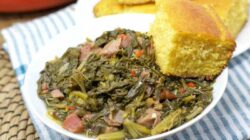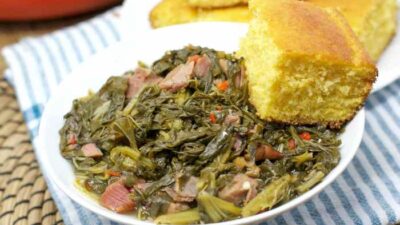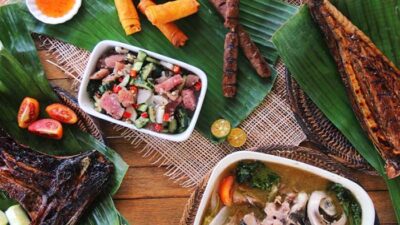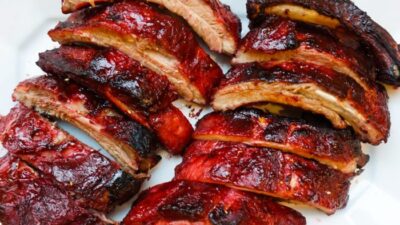The Art of Cooking Rice Pilaf

How to cook rice pilaf style – When it comes to cooking rice pilaf, there is a certain art to it that goes beyond simply boiling rice in water. Rice pilaf is a flavorful and aromatic dish that can be enjoyed on its own or as a side dish to accompany a variety of main courses. In this guide, we will explore the step-by-step process of cooking rice pilaf style and provide tips and tricks to ensure that your dish turns out perfectly every time.
Ingredients You Will Need
Before you begin cooking your rice pilaf, it’s important to gather all the necessary ingredients. Here’s what you will need:
- 1 cup of long-grain white rice
- 2 cups of chicken or vegetable broth
- 1 small onion, finely chopped
- 2 cloves of garlic, minced
- 2 tablespoons of olive oil
- Salt and pepper to taste
- Optional: chopped fresh herbs such as parsley or dill for garnish
Step-by-Step Instructions
1. Start by rinsing the rice under cold water until the water runs clear. This will help remove excess starch and prevent the rice from becoming too sticky.
2. In a large saucepan, heat the olive oil over medium heat. Add the chopped onion and garlic and sauté until they are soft and translucent.
3. Add the rice to the saucepan and stir to coat it in the oil. Cook the rice for a few minutes until it starts to turn golden brown.
4. Pour in the chicken or vegetable broth and season with salt and pepper. Bring the mixture to a boil, then reduce the heat to low and cover the saucepan with a lid.
5. Let the rice simmer for about 15-20 minutes, or until all the liquid has been absorbed and the rice is cooked through. Fluff the rice with a fork and let it sit for a few minutes before serving.
Looking to learn how to cook Batchoy Filipino style? Check out this detailed guide on how to cook batchoy Filipino style that includes all the essential ingredients and steps to create this delicious noodle soup.
Tips for Cooking Perfect Rice Pilaf: How To Cook Rice Pilaf Style
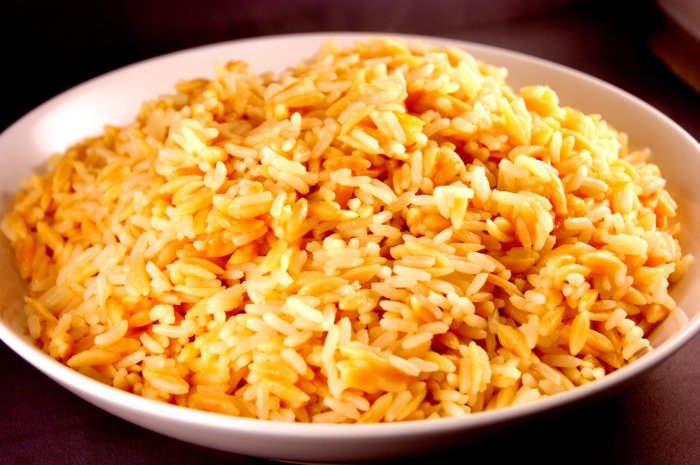
1. Use long-grain white rice for the best results. Basmati or jasmine rice work well for rice pilaf.
2. Toasting the rice in oil before adding the broth can help enhance the flavor of the dish.
3. Feel free to customize your rice pilaf with additional ingredients such as nuts, dried fruits, or vegetables.
Conclusion
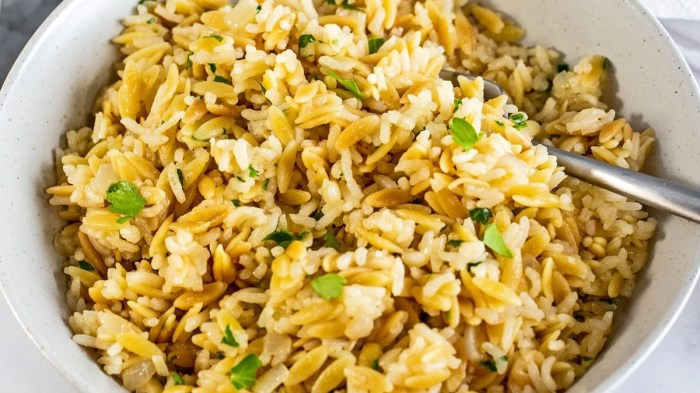
Now that you have mastered the art of cooking rice pilaf style, you can impress your family and friends with this delicious and versatile dish. With the right ingredients and techniques, you can create a flavorful and aromatic rice pilaf that will elevate any meal.
FAQs
1. Can I use brown rice instead of white rice for rice pilaf?
While white rice is traditionally used for rice pilaf, you can certainly experiment with brown rice for a nuttier flavor and chewy texture.
2. How can I prevent my rice pilaf from becoming mushy?
Be sure to use the correct ratio of rice to liquid and avoid overcooking the rice. Fluffing the rice with a fork after cooking can also help prevent it from becoming mushy.
3. Can I make rice pilaf in a rice cooker?
Yes, you can make rice pilaf in a rice cooker by following the same steps and ratios as you would on the stovetop.
When it comes to Filipino cuisine, one dish that stands out is batchoy. If you want to learn how to cook batchoy Filipino style , you’re in for a treat. This hearty noodle soup is packed with flavors like pork, liver, and chicharron. The key to a delicious batchoy is in the rich broth and the perfect balance of ingredients.
Follow our step-by-step guide to create this comforting dish at home.
4. Is rice pilaf a healthy dish?
Rice pilaf can be a healthy dish depending on the ingredients you use. Opt for whole grains, lean proteins, and plenty of vegetables to make a nutritious version of this classic dish.
5. Can I freeze leftover rice pilaf?
Yes, you can freeze leftover rice pilaf in an airtight container for up to 3 months. Simply reheat it in the microwave or on the stovetop before serving.



